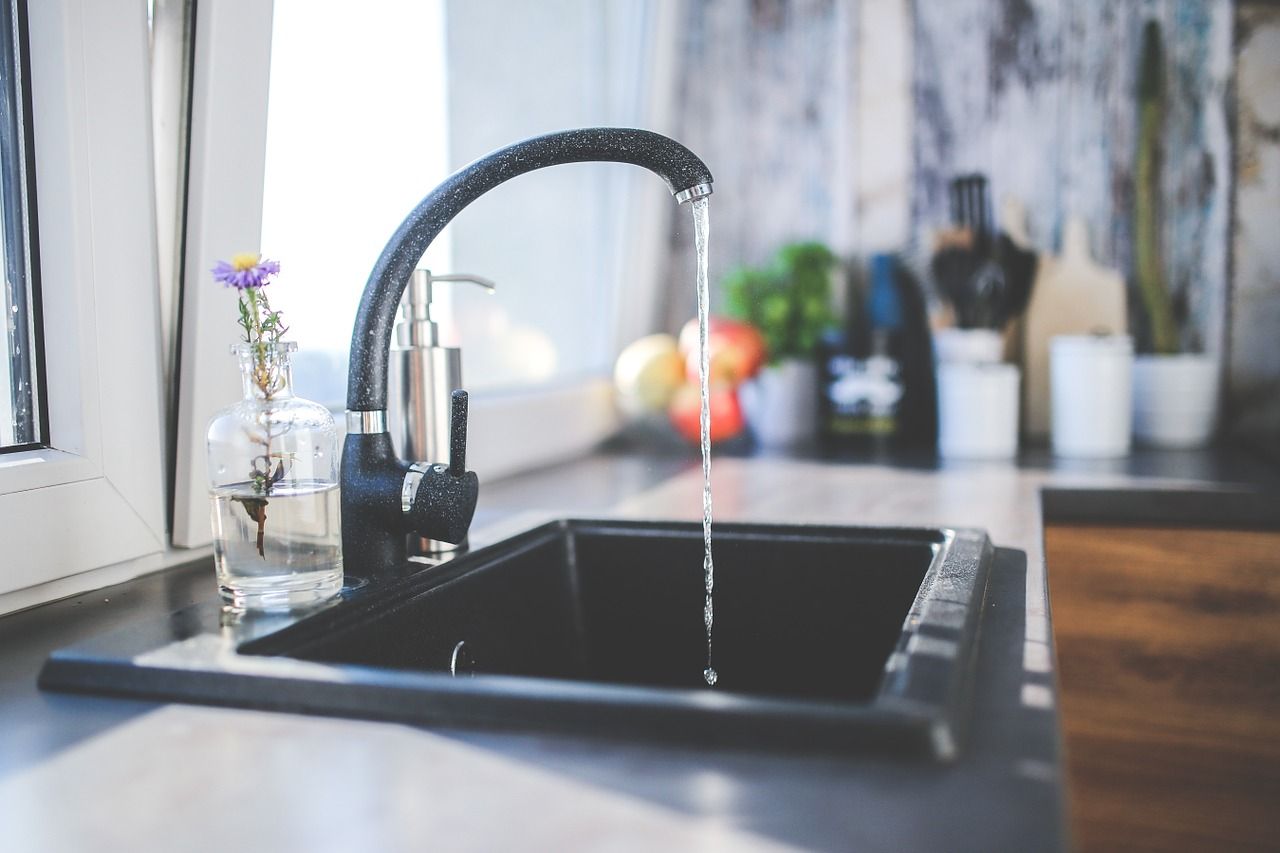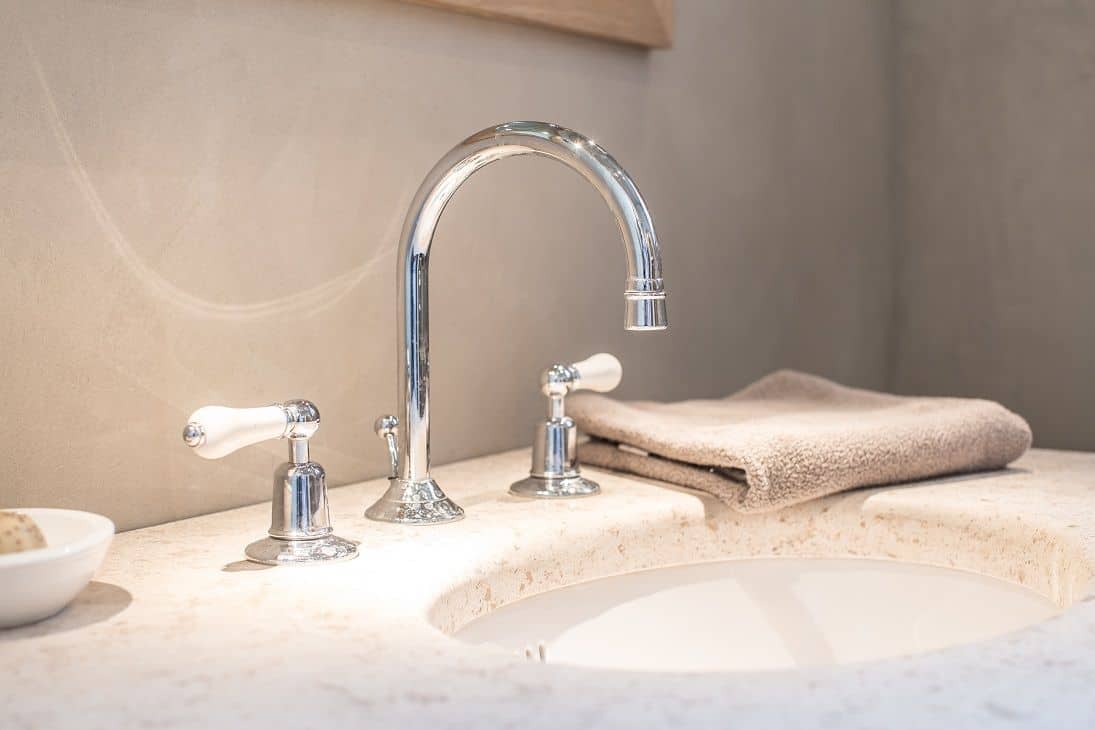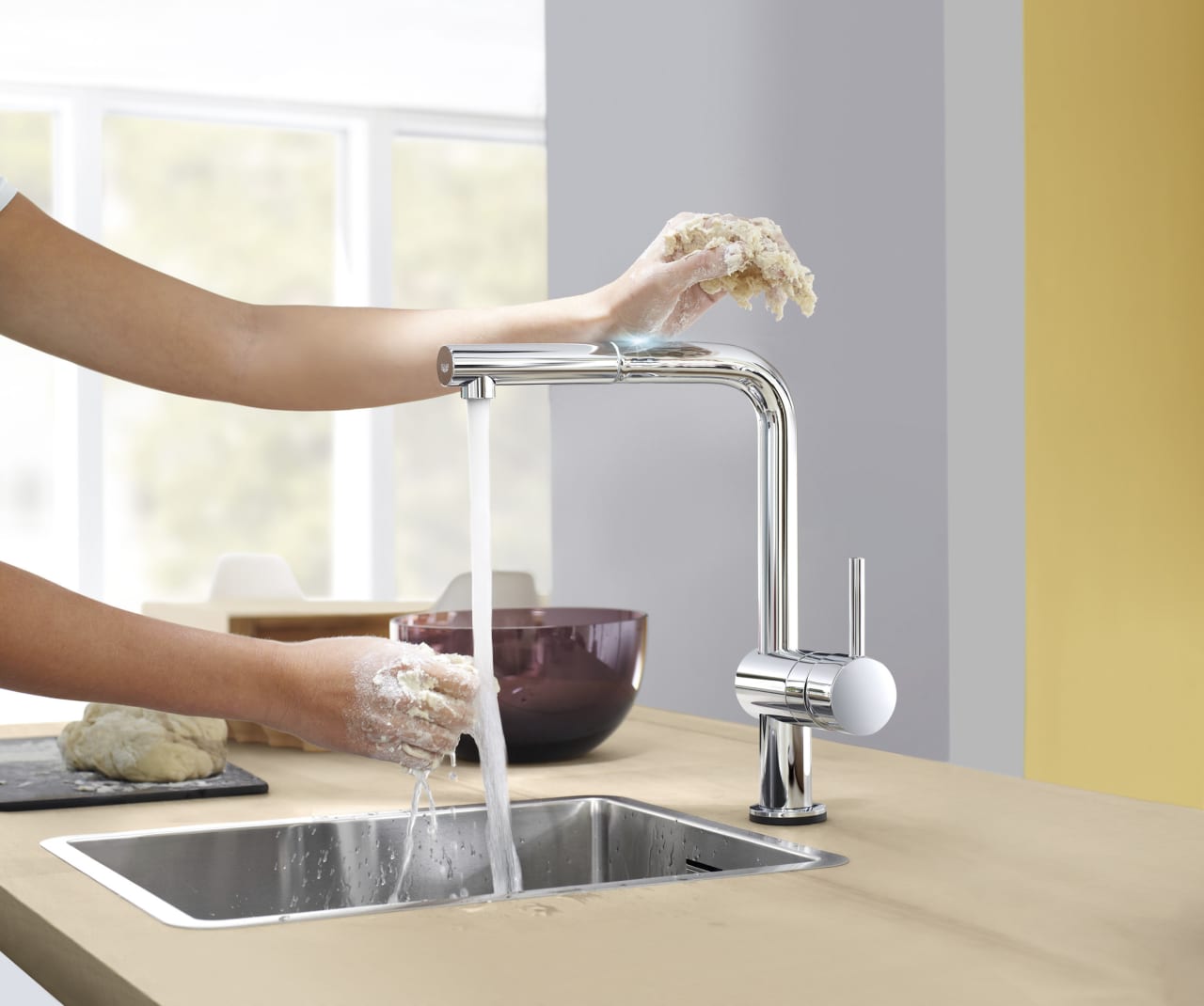
How to clean black faucets and sinks
Take a look at some of the most popular Instagram accounts for home décor and you’re bound to see black bathroom faucets and tapware.

Over the last year or two, black tapware has risen to the top of the list of stylish bathroom ‘must haves’ – people can’t get enough of their magnificent matt black deliciousness!
What good is a trendsetting bathroom – admired by millions of social media followers – if you’re unable to keep your new matt black taps and fittings clean?
Of course, you may proceed as usual, but unlike ‘standard’ bath and basin tapware with metallic surfaces, matt black demands a more intentional and meticulous cleaning technique.
One erroneous move with a powerful chemical cleaner might be the end of that immaculate matt black surface – and therefore of your wonderful bathroom area!
To prevent disaster, continue reading to learn how to clean black bathroom faucets and preserve the fashionable dark noir look you’ve been dreaming of!
Why Is It Difficult to Clean Black Taps?
As you can assume from their look, matt black tapware has a unique finish compared to traditional bathroom tapware designs – and we’re not just talking about color!
In contrast to chrome taps, matt black taps are designed to provide a ‘full’ black look by absorbing light rather than reflecting it, resulting in the matt black surface. You can read about Toilet hygiene reviews and research needs by clicking here.
Due to the processes used to create the sleek matt finish on your black taps, they are somewhat more sensitive than ordinary brassware, so picking the first cleaner you see is not always the best option.

To create the stunning matt black finish, a variety of techniques are used, with the majority of manufacturers opting for electroplating or something called PVD.
Other ranges provide similarly durable painted finishes, and specific techniques may be used to get that dark, elegant appearance. You can read A brief overview of tapware by visiting http://astylistslife.com/a-brief-overview-of-tapware/
Electroplating

Electroplating is a very scientific way of applying a black coating to the surface of your tapware and brassware.
Electric current is used to manipulate a water-based paint solution at the atomic level, changing it into a very thin layer of black coating.
This results in a tough surface that is resistant to regular wear and tear, although care should still be used while cleaning.
PVD.
PVD is comparable to the vacuum forming devices used in elementary school in that it involves depositing a thin layer of metal to a surface using a vacuum.
This vacuuming approach is gaining popularity since it is more effective than electroplating and results in a more lasting matt black finish.
Working against the wear and tear of black tapware
While both treatments add to the overall quality of your new black tapware, harsh disinfectants and chemical cleansers may degrade any black surface.
That is why it is essential to learn how to properly care for your black tapware – regardless of how it is polished – in order to prolong its life and preserve the intended look.
How Should I Clean Matt Black Taps?
Following that, you may be afraid about creating damage if you clean black tapware wrong, but cleaning black taps and brassware is really very simple; it just takes a bit of extra care and thinking.
Before you begin, there are a few important factors to remember.
Avoid the following while cleaning black bathroom faucets.
- Scrubbers, scouring pads, and other abrasive or scratchy materials
- Chemical-based cleaners
- Bleach
- Polish or wax
- Anything acidic, such as a homemade lemon spray
Bear in mind that these black faucets are a source of pride and enjoyment!
They are delicate and attractive, despite the fact that they are not constructed of stainless steel!
Cleaning and Disinfecting Black Taps

Simply use warm water and a gentle microfiber towel to clean black tapware.
Neither one cent more nor one penny less.
Scrub the faucet from top to bottom, gently and without excessive elbow grease, and there you have it, pristine black faucets.
Can You Scratch Black Tapware?
Yes, in a nutshell.
However, just like with your driveway automobile, you are not authorized to run sharp objects down the side and over the top of your new designer tapware to check for scratches!
Of course, you would not do that, but rings may be tough with matt black taps, and it’s something we’re all guilty of overlooking sometimes.
If you do not want to entirely remove your rings while using black taps, just be more aware of them and take care not to damage the tap’s surface.
What Is the Definition of O-Ring Stains?
After some time with your new black tap fitted, you may see a stain from the grease applied to the O-ring.
This grease collects between the tap’s base and the basin or tapware’s top.
You may try to remove this with only a little warm soapy water, but if you struggle and find that it will not come off, it is acceptable to use an alcohol cleaner to clean the tap’s base.
However, use extreme care.
If you are unsure or believe that a cleaning solution may be too strong for your faucets, you may contact the manufacturer directly or contact us.
When Installing, Exercise Caution
The bulk of brassware and tapware damage occurs during the construction and repair stages – basically during their installation.
Immediately upon arrival, inspect your new black taps – they should be beautiful, with no polish faults.
Assure that you or the tradesperson you’ve chosen to install the tap handle it with utmost care; after all, they are high-end tapware features that you want to keep looking their best!
Is Hard Water A Factor in Black Tap Repairs?
This is conceivable because hard water produces more limescale.
Limescale is a chalky white residue that will surely show up on any black brassware, therefore staying on top of it is necessary to retain the finish for a long length of time.
Simply cleaning on a regular basis may help prevent limescale buildup, so don’t be lazy!
Apply Makeup with Extra Caution
If you apply makeup in the bathroom, there is a good chance that some may wind up on your black faucets.
When wiped away, these dusty particles may give the appearance of blurry black taps, so it’s a good idea to have a microfiber cloth available to remove any irritant powder.


